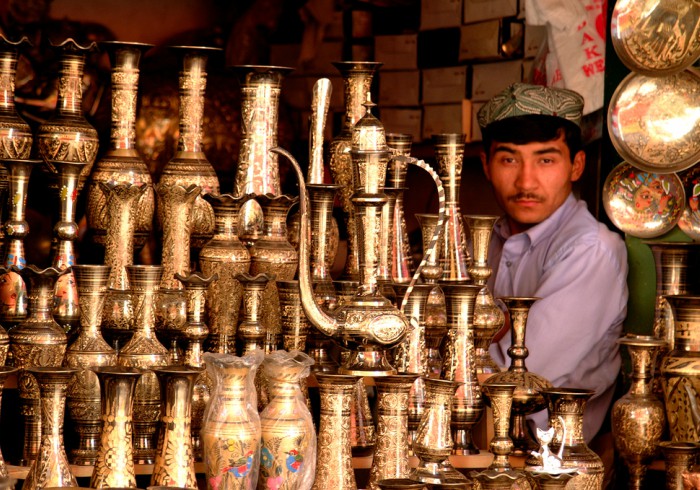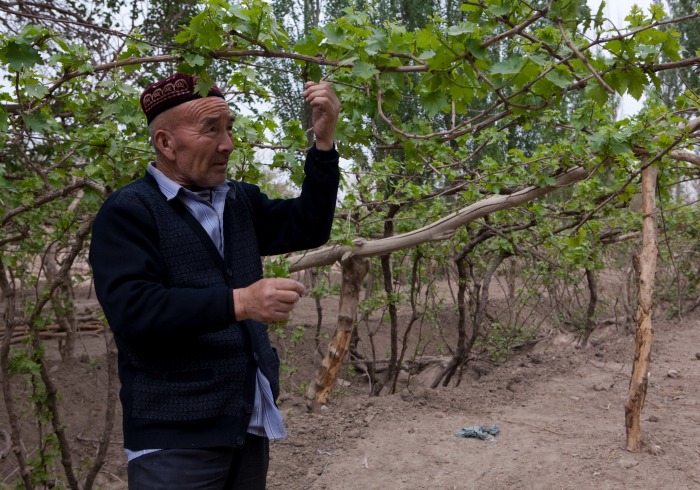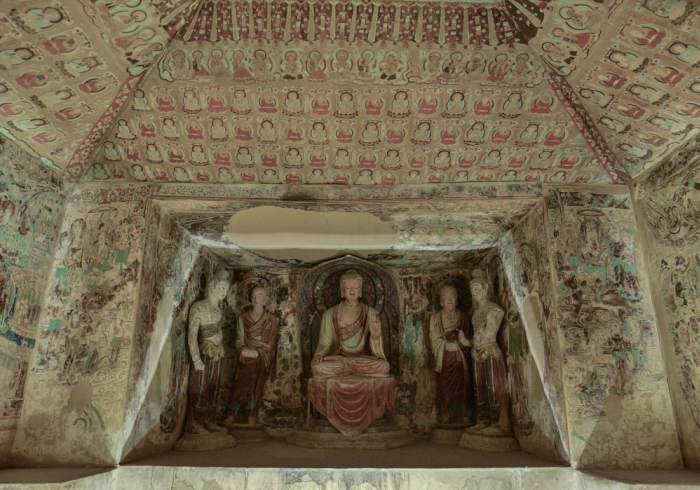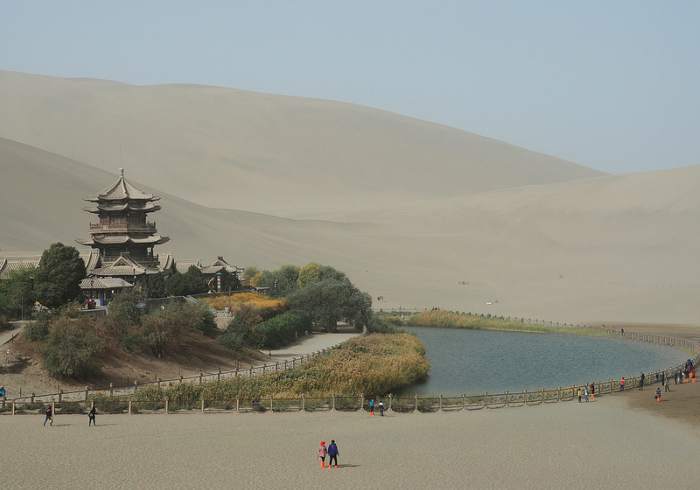As early as the 1st century BCE, traders made the epic journey between China and Europe along the Silk Road. This legendary trade route snaked through China’s northwest and promoted incredible diversity in the region’s language, culture, and cuisine. From the ancient capital of Xi’an to the desert landscapes of Gansu and Xinjiang, a journey along the Silk Road will help you gain a whole new perspective on the Middle Kingdom.
Here are four things you must do while exploring the ancient Silk Road in China.

Photo credit: rule37 on VisualHunt / CC BY-NC-ND
RELATED READING: China’s Secret Foodie Destination
Silk Road in China- Kashgar Bazaar
The quickly disappearing historic town of Kashgar is a must visit, if only for the fact that it may no longer exist in a few years due to rapid economic development. This town is a homage to the bustling section of the Silk Road it once was. It still retains some grandeur in its Id Kah Mosque and the Abakh Khoja Mausoleum, but the vibrant culture of the Silk Road is best preserved in the nooks and crannies of the city’s Grand Bazaar. On a Sunday, see the town transformed to its former glory in the bustling market where you can find rare trinkets side by side with livestock and produce.
Dig even deeper: A three-hour drive from Kashgar is the stunning Karakul Lake. After a day or two spent haggling with the help of your AsiaTravel local guide, the pristine scenery of the lake will offer a tranquil complement to the hubbub of the bazaar.

RELATED READING: Why You’ll Never Be Bored in Xinjiang
Silk Road in China – Turpan’s Vineyards
The majority of Xinjiang’s population are Uyghur, a predominantly Muslim ethnic minority group. The Uyghur’s religious beliefs affect many aspects of Xinjiang local life including philosophy, architecture and food. In Turpan, try popular dishes such as Da Pan Ji (Big Plate Chicken) or one of the many mutton based delicacies. They pair excellently with the traditional flatbread you are sure to have spotted along your journey. The local wineries are also not to be missed. A distinct rarity in China, this fertile basin in the desert is truly remarkable. AsiaTravel will arrange for you to stop by a local family home and enjoy a picnic in their vineyard.
Dig even deeper: Travel west of Turpan and you will find the ancient ruins of Jiaohe, a stunning archaeological site in the Yarnaz Valley. Jiaohe is the remains of a fortress that is at least 2000 years old.

Photo credit: emperornie on Visual Hunt / CC BY-SA
RELATED READING: 6 Things You Didn’t Know about Xinjiang
Silk Road in China – Dunhuang’s Mogao Caves
In the fourth century, hermit monks began visiting the Mogao Caves for meditation, worship and to store texts. The monks would carve intricate murals into the walls and as time progressed, they became a religious site of great importance. At the pinnacle of their use, the caves contained tens of thousands of frescoes, paintings, sculptures and terracotta statues.
Excavation of the caves took place over ten centuries – through changing dynasties, economic conditions and even religious views. In this complex of 492 grottoes, you can witness the amazing progression of Buddhism in China through art. The Mogao Grottoes were rediscovered in the 20th century and named a UNESCO World Heritage Site in 1987. On a AsiaTravel tour, we’ll arrange an expert in medieval Buddhist art to give you an insiders’ view of the caves.
Dig even deeper: Discover a particularly surreal side of Chinese landscapes by visiting the Danxia Rainbow Mountains. They’re located just a few hours from Dunhuang.

Photo credit: Laika ac on Visualhunt / CC BY-SA
RELATED READING: Silk Road Tours: Our Insider’s Guide to the Top Destinations
Silk Road in China – Crescent Moon Lake
Crescent Moon Lake is a beautiful oasis nestled in the Gobi Desert. It has provided relief for travelers along the Silk Road for thousands of years. On a camel ride around the aptly named lake, you can get a feel for the terrain. You can then find your own oasis here when we arrange a private champagne barbecue nearby.
As you enjoy dinner under the stars, you’ll notice the sand dunes make an interesting whistling sound when the wind blows. During his travels in the region, Marco Polo even nicknamed them, “The Singing Dunes.”
Choosing just four things to represent the immense offerings of the Silk Road in China is a near impossible task. When you travel with AsiaTravel, we’ll perfectly customize your journey to fit your own tastes and interests. Click one of the related trip links below to see what else could await you on your adventure.
Featured Image Photo Credit: Laruse Junior on Visual hunt / CC BY-NC-ND
